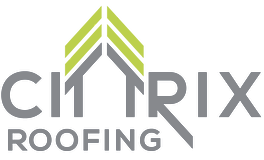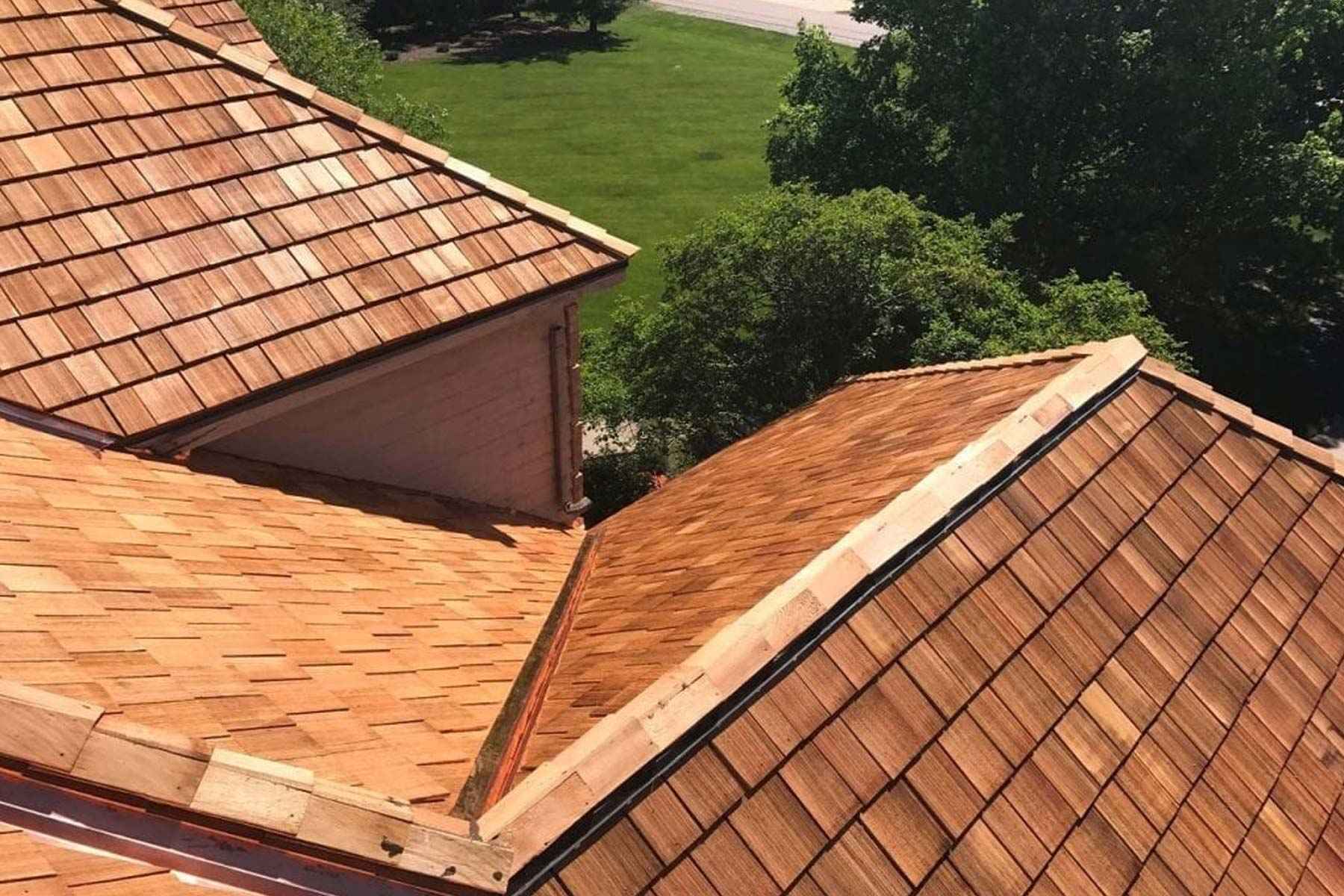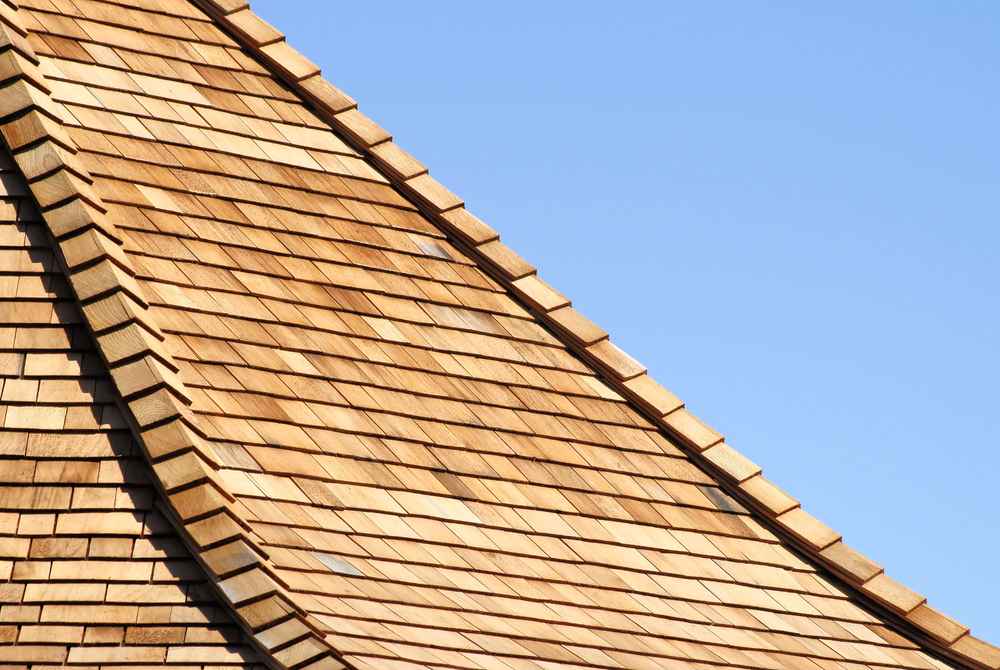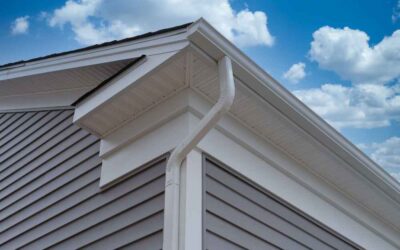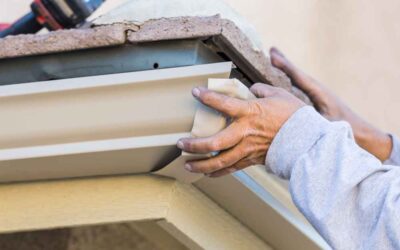Did you know that cedar roofs can last up to 50 years with proper maintenance, making them one of the most durable and eco-friendly roofing options available? At Cittrix Roofing, we specialize in installing high-quality cedar roofs that not only enhance the beauty of your home but also contribute to a healthier environment. If you’re looking for a roofing solution that blends sustainability, durability, and natural insulation, cedar may be the perfect fit.
So, why choose cedar roofs as a green choice? And more importantly, are cedar roofs sustainable? Let’s explore the environmental benefits of cedar roofing and why it’s a smart investment for homeowners who want a long-lasting roof without harming the planet.
The Sustainability of Cedar Roofs
Cedar is a natural, renewable resource that offers several environmental benefits compared to synthetic roofing materials. Unlike asphalt shingles, which rely on petroleum-based products, cedar is biodegradable and sourced from sustainable forestry practices.
1. Cedar is a Renewable Resource
Cedar trees are grown and harvested in well-managed forests, ensuring that new trees are planted to replace those that are cut down. This responsible approach helps maintain a steady supply of timber while preserving natural ecosystems. Many forestry programs follow strict guidelines to minimize environmental impact. Homeowners who choose cedar from certified sources support sustainable harvesting and replanting, reducing deforestation and promoting forest health.
2. Minimal Manufacturing Impact
The production of cedar roofing requires far less energy than asphalt or metal alternatives. Asphalt shingles, for example, undergo extensive processing, including refining petroleum, chemical treatments, and adhesive applications that release pollutants. Cedar, on the other hand, requires minimal processing. Once harvested, logs are milled into shakes or shingles with little need for chemical treatments. This means a lower carbon footprint from start to finish.
3. Naturally Biodegradable
One of the biggest environmental concerns with synthetic roofing materials is waste. Asphalt shingles often end up in landfills, where they take hundreds of years to break down. Cedar, however, decomposes naturally without releasing harmful chemicals. At the end of its lifespan, a cedar roof can be repurposed as mulch, compost, or even fuel, making it a truly sustainable choice. This significantly reduces landfill waste, making cedar one of the most environmentally friendly roofing options available.
Energy Efficiency and Cedar Roofs
A roof plays a critical role in regulating indoor temperature. Cedar’s natural insulating properties help improve a home’s energy efficiency, reducing the need for excessive heating or cooling.
1. Natural Insulation for Lower Energy Costs
Cedar has a high thermal resistance, meaning it helps keep homes cool in the summer and warm in the winter. This reduces the need for air conditioning and heating, leading to lower energy bills. Unlike metal, which absorbs heat and can make a home uncomfortably warm, cedar naturally resists extreme temperature fluctuations. That means a more comfortable indoor environment without over-relying on energy-consuming climate control.
2. Breathability and Moisture Control
Cedar is naturally porous, allowing air to circulate through the roofing system. This breathability helps prevent moisture buildup, reducing the risk of mold, mildew, and rot. A well-ventilated roof not only improves indoor air quality but also extends the life of the underlying structure, preventing costly roof repairs.
Longevity and Durability of Cedar Roofing
Sustainability isn’t just about using eco-friendly materials—it’s also about longevity. A durable roof reduces waste over time, making cedar an excellent long-term investment.
1. A Long-Lasting Roofing Solution
Cedar roofs, when properly maintained, can last 30 to 50 years. This lifespan is significantly longer than asphalt shingles, which typically need roof replacement every 15 to 20 years. A longer-lasting roof means fewer replacements, less waste, and greater overall sustainability.
2. Resistance to the Elements
Cedar contains natural oils that help it resist decay, insect damage, and harsh weather conditions. These oils act as a built-in preservative, reducing the need for chemical treatments. In areas prone to high winds, cedar shingles are particularly effective. Their flexibility and durability allow them to withstand extreme weather better than many other roofing materials.
3. Repairability Over Replacement
Another often-overlooked benefit of cedar is that individual shakes or shingles can be repaired or replaced without removing the entire roof. This minimizes waste and extends the roof’s lifespan, making it a more sustainable choice over time.
How Cedar Roofs Contribute to a Healthier Environment
Beyond their direct benefits, cedar roofs contribute to a healthier environment in broader ways.
1. Reduced Carbon Footprint
Cedar trees absorb carbon dioxide from the atmosphere as they grow, helping to offset carbon emissions. When harvested responsibly, cedar remains one of the most carbon-friendly roofing materials available. Additionally, because cedar roofs last longer, fewer resources are needed for manufacturing, transportation, and installation over time.
2. Less Dependence on Synthetic Materials
By choosing cedar over petroleum-based asphalt shingles, homeowners reduce their reliance on non-renewable resources. Asphalt shingles are made using fossil fuels and contribute to pollution during both production and disposal. Cedar provides a natural alternative that doesn’t depend on environmentally harmful extraction processes.
3. Improved Air Quality
Unlike some synthetic roofing materials, cedar doesn’t emit harmful VOCs (volatile organic compounds) that can contribute to indoor and outdoor air pollution. It’s a safer, healthier choice for both homeowners and the environment.
How Cittrix Roofing Ensures a Sustainable Cedar Roof
Choosing a cedar roof is a great start, but ensuring it’s installed properly makes all the difference. Poor installation can shorten a roof’s lifespan, leading to unnecessary waste and higher costs. That’s where Cittrix Roofing comes in.
1. Expert Installation for Maximum Lifespan
At Cittrix Roofing, we follow industry best practices to ensure your cedar roof is installed with precision. Proper spacing, ventilation, and fastening techniques help your roof withstand the test of time.
2. High-Quality, Sustainably Sourced Materials
We use cedar shingles from responsibly managed forests, ensuring that your roof comes from a renewable source. We believe that sustainability starts with the materials we choose, and we only work with suppliers who share this commitment.
3. Lifetime Labor and Material Warranty
We stand behind our work, offering a Lifetime Labor and Material Warranty. That means you’ll never have to worry about unexpected costs down the road. A properly installed cedar roof can last decades, and our warranty ensures that you’re covered for the long haul.
4. Guidance on Cedar Roof Maintenance
While cedar is naturally resistant to many environmental factors, regular maintenance is key to preserving its lifespan. We provide homeowners with easy-to-follow care instructions, helping them keep their roofs in top condition for years to come.
Make the Sustainable Choice with Cedar Roofing
Choosing a roof isn’t just about looks—it’s about making a responsible investment for the future. Why choose cedar roofs as a green choice? Because they offer a renewable, long-lasting, and biodegradable alternative to synthetic materials. Are cedar roofs sustainable? Absolutely, especially when sourced from responsible forestry programs and installed with expert craftsmanship.
If you’re considering a cedar roof, Cittrix Roofing is here to help. Our team of professionals ensures that every cedar roof we install meets the highest standards for quality, sustainability, and durability.
Ready to invest in a sustainable, long-lasting roof? Contact us today for a consultation and see how a cedar roof can benefit your home and the environment.
